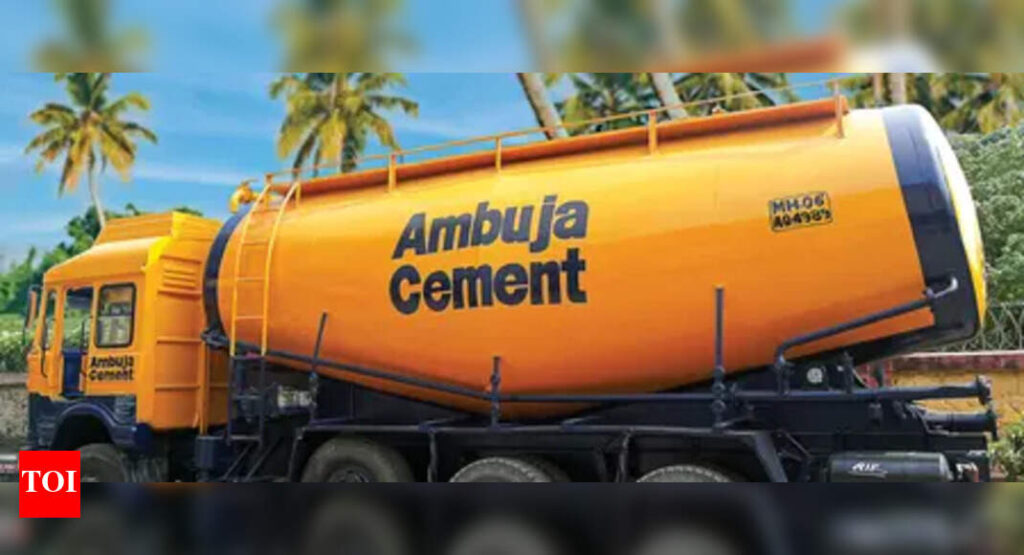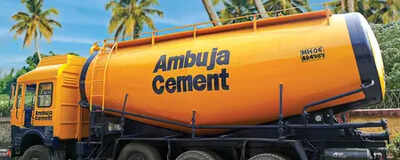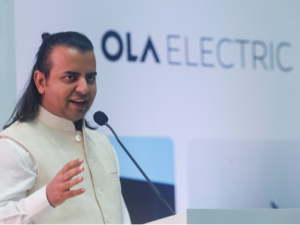Ambuja Cements, part of the Adani Group, posted its highest-ever annual profit after tax (PAT) of Rs 5,158 crore, marking a 9% year-on-year rise. The cement maker also clocked in a record annual revenue of Rs 35,045 crore for the financial year ended March 31, 2025, up 6% from the previous year.
Ambuja’s quarterly performance was equally strong. For Q4 FY25, EBITDA rose 10% YoY to Rs 1,868 crore, while EBITDA per tonne reached a record Rs 1,001. Standalone PAT for the quarter jumped 75% to Rs 929 crore. Earnings per share stood at Rs 3.88, with a dividend of Rs 2.00 per share declared.
Ambuja Cements crossed the 100 million tonnes per annum capacity mark, cementing its position as the world’s ninth-largest cement producer. The company also reported its highest-ever cement volumes at 65.2 million tonnes, up 10% from last year.
“This year marks a historic milestone in the journey of Ambuja Cements as we cross the 100 MTPA capacity,” said Vinod Bahety, whole time director and CEO. “We have ongoing organic expansions at various stages across the country, which will help us achieve 118 MTPA capacity by the end of FY 2026, a significant step, bringing us closer to our goal of 140 MTPA by 2028.”
The strong results were driven by cost optimisation efforts, capacity expansion, and sustainability initiatives. The company commissioned a 2.4 MTPA brownfield expansion at its Farakka Grinding Unit in West Bengal and completed the acquisition of Orient Cement, strengthening its national presence.
On the sustainability front, Ambuja commissioned 299 MW of renewable energy capacity, 200 MW solar and 99 MW wind, during FY25. This is part of its goal to reach 1,000 MW of green energy by June 2026 and achieve 60% green power usage by FY28.
Operationally, Ambuja kept logistics costs in check, reducing them by 2% to Rs 1,238 per tonne, while fuel costs per 1,000 Kcal dropped by 14%. Improved efficiencies came through better clinker utilisation and greater reliance on rail and marine transport.












More Stories
Gold prices to dampen after Akshaya Tritiya? Experts offer cautious stance
After gold prices hitting Rs 1 lakh, is it time for silver to rally?
Top stocks to buy today: Stock market recommendations for April 29, 2025